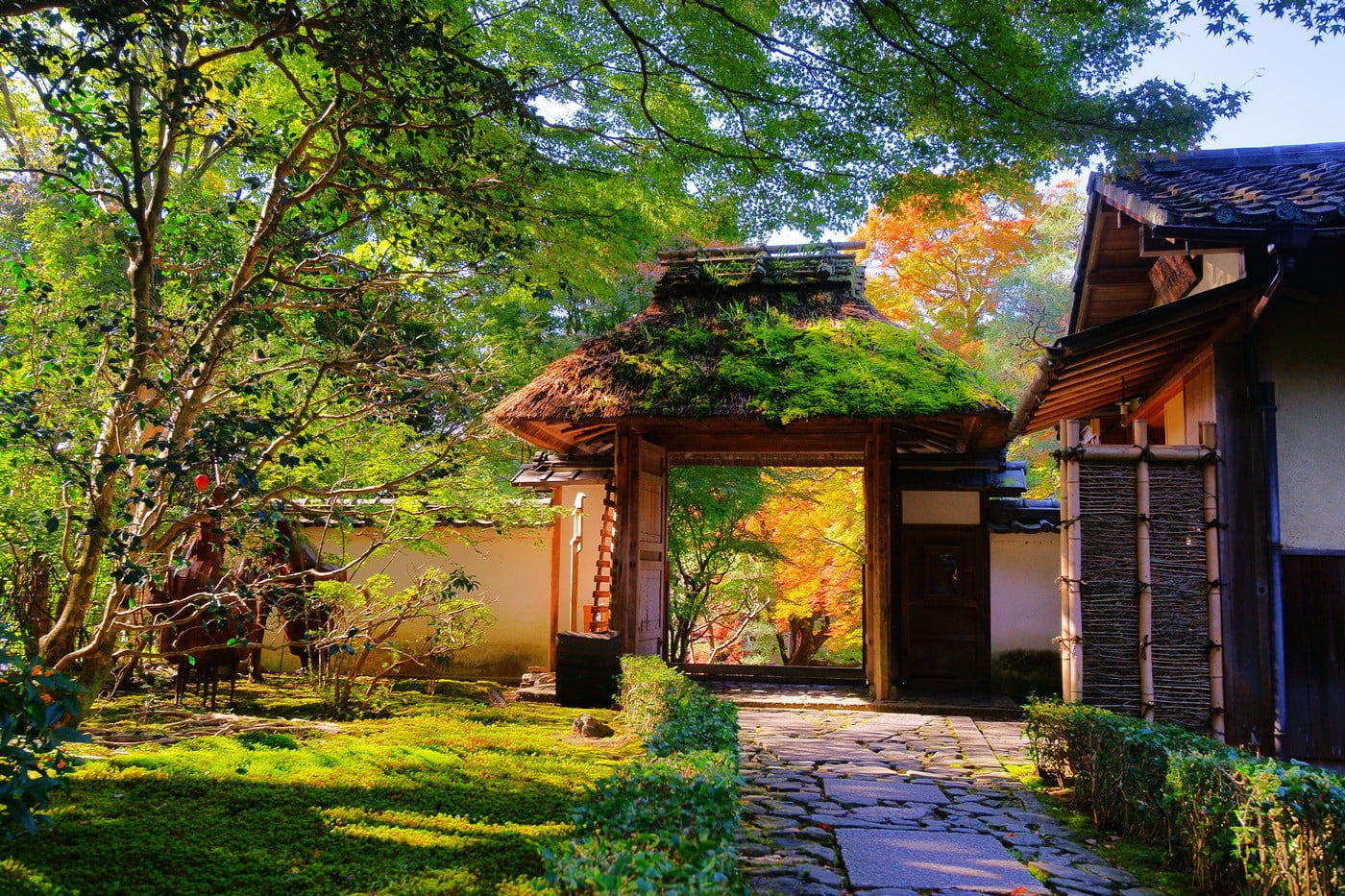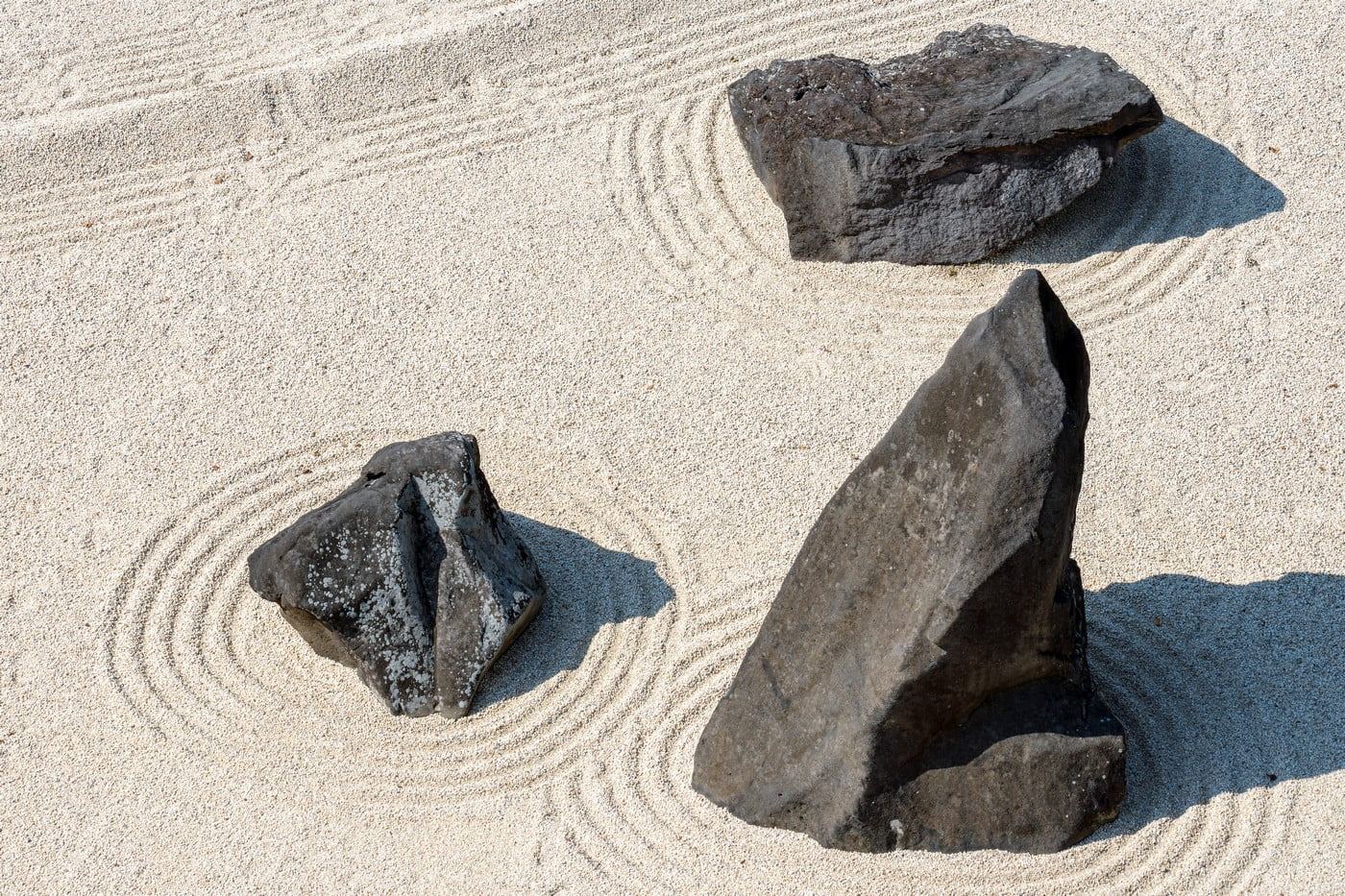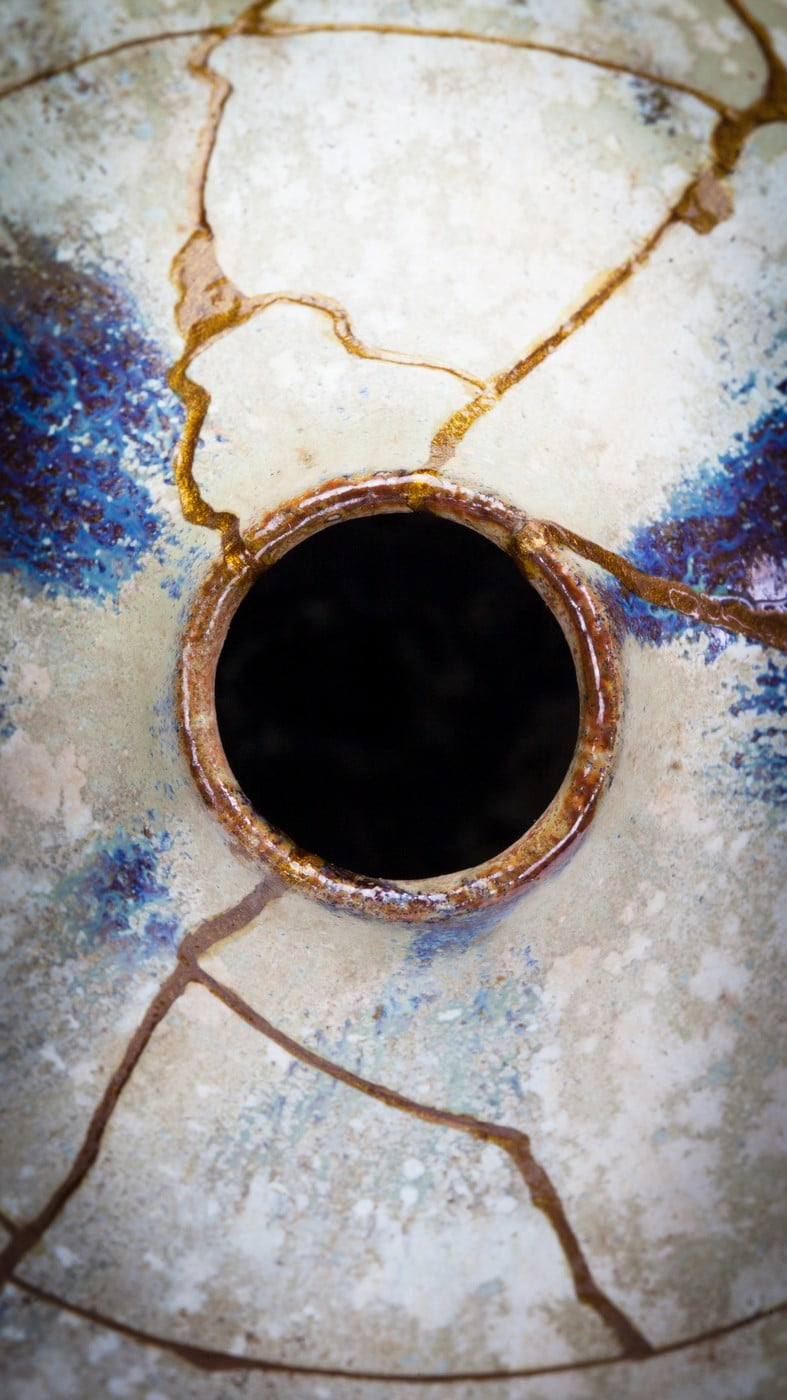People with an eye for lasting beauty in design gravitate towards Japanese aesthetics and design principles for a number of very good reasons. Minimalism, symbolism, as well as unique patterns and prints that include organic forms, geometric shapes, and depictions of nature are all major hallmarks of Japanese design — all of which make for elegant efficiency with everlasting aesthetic impact.
These attributes, which can be seen in both traditional and modern Japanese design, typically arise from a very pragmatic, practical way of life, as well as a close connection to nature. Japanese culture embodies a deep appreciation of the natural processes of life, which imbues the aesthetic with sublime and ethereal qualities.
Wabi-sabi acknowledges the temporariness and transience of everything, but sees the beauty in that, nonetheless.
The Art of Imperfection
One of the central principles of the Japanese aesthetic is the ancient philosophy of wabi-sabi, popularly known as the Art of Imperfection. While wabi-sabi can be difficult to fully explain, at its core is the value of “rustic simplicity” or “understated elegance” that revolves around the less-is-more philosophy, while “finding delight in the imperfect.” It is about appreciating the natural beauty in all that is imperfect, incomplete, and impermanent. Wabi-sabi acknowledges the temporariness and transience of everything but sees the beauty in that, nonetheless.
Comprised of a combination of two words, wabi means transient and bare or stark beauty, while sabi refers to the beauty that is inherent in the natural patina and that comes about as a result of the aging process.
Wabi-sabi’s roots are grounded in the ancient teachings of Buddha. Heavily influenced by Buddhist philosophy and doctrine, it mainly derives from Buddhism’s three marks of existence; these are, specifically, the teachings on impermanence (mujō), suffering (ku), and emptiness or absence of self-nature (kū).
Simplicity, in daily life
The philosophy of wabi-sabi has many creative as well as practical applications; from design and artistic creation to the very principles by which one lives their daily life. In fact, it is even applied in modern-day psychotherapy and psychology. Wabi-sabi counters the relentless pursuit of perfection, in all its forms, which often creates unnecessary anxiety and stress in one’s life. Instead, it encourages the pursuit of happiness in the simple and imperfect, and even in the natural effects of aging — which can be very freeing to one’s mental health.
In the aesthetic sense, wabi-sabi is evidenced in many aspects of design, some examples of which include: repurposing discarded and even damaged items (as in a glued-together cracked vase or plate); arranging objects in a simple and natural manner, sometimes done in odd numbers and skewed placement; incorporating space and light into the overall design; using weathered, natural materials, like unpolished wood; preferring uncluttered design over busier styles; employing colors found in nature; and the like.
In practical applications, Marie Kondo, aka Konmari, is a contemporary example of wabi-sabi in action. The bestselling author, organizing consultant, TV show host is a proponent of a simple but effective method of tidying up based on the less-is-more mindset, keeping only what “sparks joy” in a person’s heart. Kondo describes wabi-sabi as “experiencing beauty in simplicity and calmness — and is considered a virtue in Japanese society.” She also points out that wabi-sabi is about appreciating and caring for your belongings and fixing well-loved broken items instead of replacing them with new things that do not spark joy.
In a world that has grown increasingly more stressful and complicated, with far too much attention and energy spent on the unnecessary, perhaps Japan’s timeless tradition of wabi-sabi is timelier than ever.





